Welcome Home (2013)
This documentary gives a voice to organizers, DJs and party guests. Through their memories and confessions as well as unpublished videos and photos 20 years of history come back to life.
This documentary gives a voice to organizers, DJs and party guests. Through their memories and confessions as well as unpublished videos and photos 20 years of history come back to life.
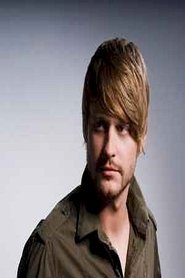 Mathias KadenMathias Kaden
Mathias KadenMathias Kaden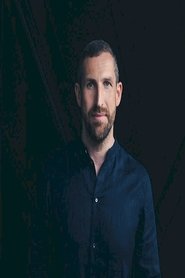 Matthias TanzmannMatthias Tanzmann
Matthias TanzmannMatthias Tanzmann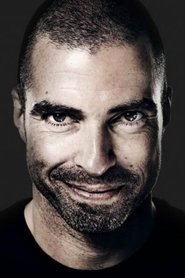 Chris LiebingChris Liebing
Chris LiebingChris LiebingThis comprehensive documentary chronicles the underground rave culture in Southern California, one of its first American strongholds. With roots in a tribal past, this movement attempts to format the future of a truly global community by combining elements of electronic/percussive music, the psychedelic imagination, and mass dancing. From warehouses to mountain retreats to the deserts of the Mojave, an unseen world comes into clear focus; with kinetic camera work and candid interviews, this slice of visual anthropology probes the underbelly of a worldwide subculture with the help of some of electronic music's most acclaimed DJs, a technomusicologist, and a county sheriff. Open your mind to this moving entertainment experience and intimate portrait of a modern counter-culture that follows its own electronically induced beat.
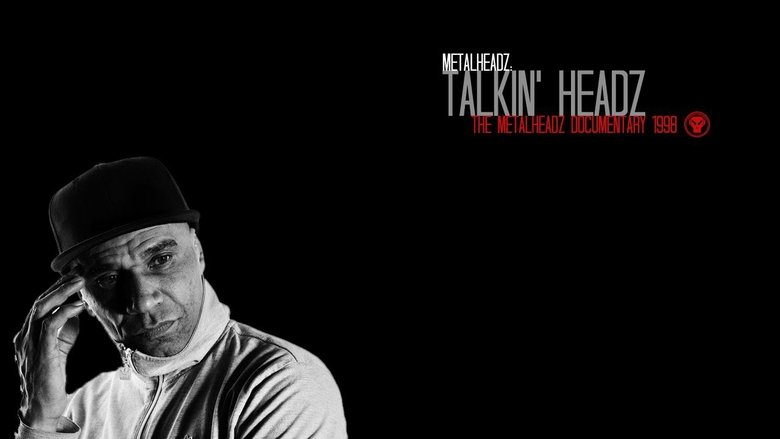
The Metalheadz Documentary is an intimate and immediate account of a Drum & Bass label poised for world domination. DJs and producers talk openly of the artistic freedom they enjoy, how the label has evolved to represent such a diverse musical scene and why moving forward and pushing the boundaries is so vital. These names have created a global phenomenon and here talk for the first time of how it was achieved, where it's at and what the future holds.
This French-produced 1996 documentary is an hour-long piece covering the history of techno music from Detroit to Berlin Sheffield.
„I began documenting their lives, if only because I hoped each film would have a happy ending.“ (Gerd Kroske)
Documentary on the techno music scene. A journey through the world of electronic music. This film is a compilation of different live sets and concert-parts of some electronic music artists.
"At the beginning of the 19th century there is no Chicago. There was a fort that was set on fire by Indians shortly thereafter. Later, the turbulent expansion of a settlement began, which became a center for the immigrant workforce, traditional industry, slaughterhouses, and, in 1941, armaments for war. The Windy City on Lake Michigan is the fastest changing city in the world. This 35mm Arriflex film time-lapse footage is annotated with classic techno cuts and information about the tunnels under Chicago, the slaughterhouses, organized crime, Sears & Roebuck catalogs and other peculiarities of this strange city."
The history of trance music between Goa and Tel Aviv. During their annual leave, young active duty Israeli soldiers discover the path to a new techno music genre: Goa trance is born.
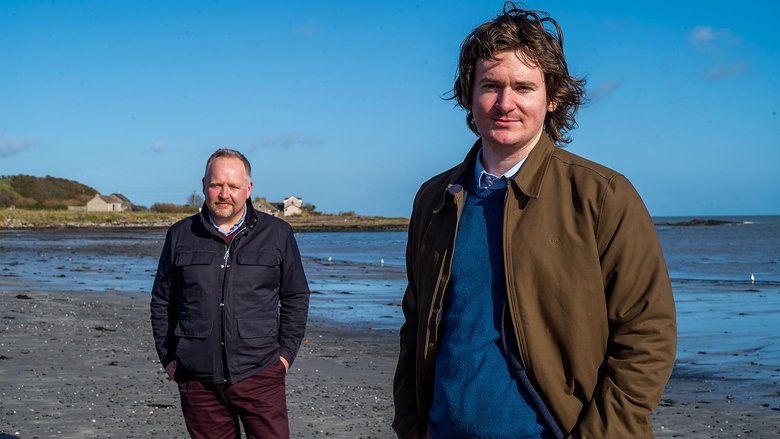
Mark Thompson teams up with historian Dr Fionnan O’Connor to discover the fascinating story of what was once the greatest whiskey industry in the world.
A documentary that explores the challenges that a life in music can bring.
The film follows the inception of the movement, a meeting between ravers and the new age travellers during Thatcher's last days in power, and the explosive years that followed, leading up the infamous Castlemorton free festival in 1992 - the largest ever illegal rave, which provoked the drastic change of the laws of trespass with the notorious introduction of the Criminal Justice Act in 1994.
Dance music has spread across the world transcending religious & racial barriers connecting to the hearts and souls of millions. People have always felt the rhythm of music and have as a result evolved countless dance styles throughout the ages. Beginning in the late 80's in Melbourne's underground dance music party scene, a revolutionary freestyle dance began to grow and has now developed into the most unique and robust underground dance style since the birth of Breakdancing. The Melbourne Shuffle has no set steps but encourages individuality and imagination, incorporating dance moves from numerous styles such as miming, popping & locking, liquid and breaking.
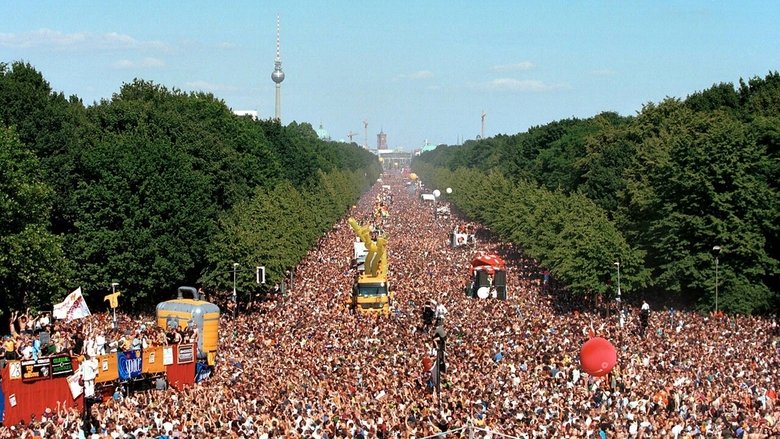
At the end of the Cold War, something new arised that should influence an entire generation and express their attitude to life. It started with an idea in the underground subculture of Berlin shortly before the fall of the Wall. With the motto "Peace, Joy, Pancakes", Club DJ Dr. Motte and companions launched the first Love Parade. A procession registered as political demonstration with only 150 colorfully dressed people dancing to house and techno. What started out small developed over the years into the largest party on the planet with visitors from all over the world. In 1999, 1.5 million people took part. With the help of interviews with important organizers and contemporary witnesses, the documentary reflects the history of the Love Parade, but also illuminates the dark side of how commerce and money business increasingly destroyed the real spirit, long before the emigration to other cities and the Love Parade disaster of Duisburg in 2010, which caused an era to end in deep grief.
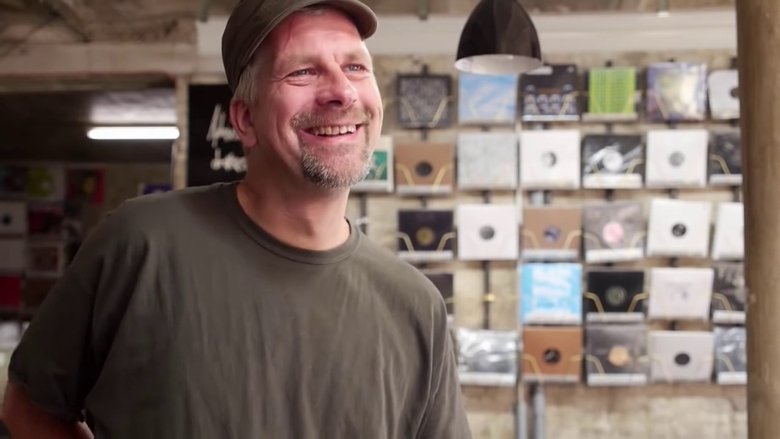
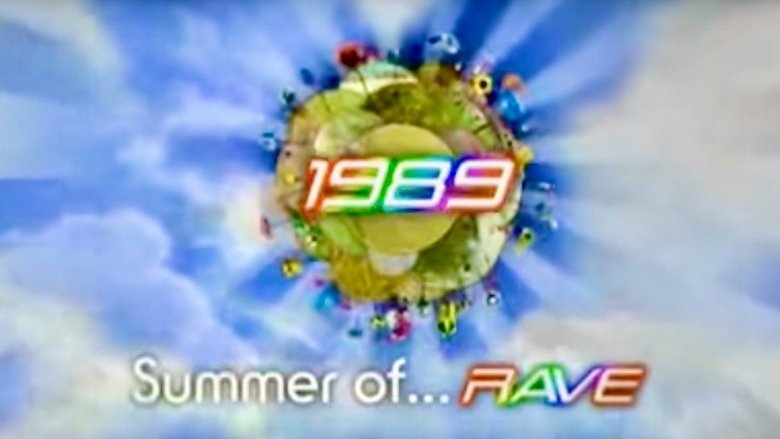
In the final days of the yuppie decade, the summer of ’89 saw a new type of youth rebellion rip through the cultural landscape, with thousands of young people dancing at illegal Acid House parties in fields and aircraft hangars around the M25. Set against the backdrop of ten years of Thatcherism, it was a benign form of revolution, dubbed the Second Summer of Love – all the ravers wanted was the freedom to party… The rave scene, along with the drug Ecstasy, broke down social barriers and even football hooligans were ‘loved up’, solving a problem the government had never managed to crack. But lurid tabloid headlines and cat-and-mouse games with the police eventually turned the dream sour, as the gangster element moved in at the end of the summer.
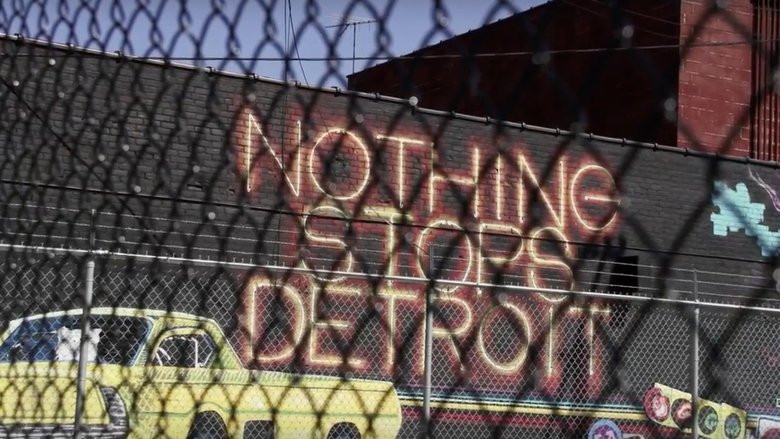
Featuring the pioneers of techno music Juan Atkins, Derrick May, Carl Craig, and Jeff Mills, Never Stop takes us into the fascinating universe of techno labels in Detroit. This film highlights the deep roots of the creation, more than thirty years ago, by each of the African-American pioneers of techno music, of their own record labels.
This lost classic, shot on 16mm in a wintry Berlin in 1993, explores the origins of the German trance scene. Featuring interviews with fresh-faced selectors including Laurent Garnier and MFS Records founder Mark Reeder, the documentary also feature footage from the city's iconic Love Parades in 1991 and 1993.
From Dr Who to The Dark Side of the Moon to modern day dance music, the pioneering members of the Electronic Music Studios radically changed the sound-scape of the 20th Century. What the Future Sounded Like tells this fascinating story of British electronic music. What The Future Sounded Like mixes experimental visual and sonic techniques with animation and never-seen-since archival footage. A sonic and visual collage, this documentary colors in a lost chapter in music history, uncovering a group of composers and music engineers who harnessed technology and new ideas to re-imagine the boundaries of music and sound.
Witness the artist at work as legendary Detroit techno pioneer Jeff Mills creates a live DJ mix with astonishing, hypnotic dexterity.
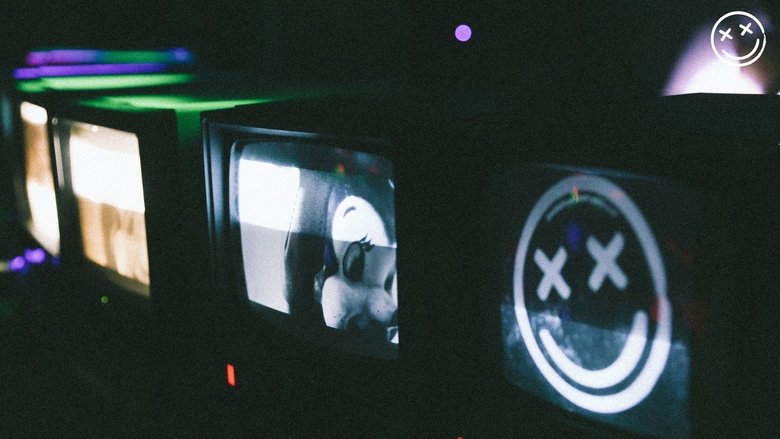
An explosion in the underground music scene is met by massive investment into Tucson, Arizona. Documentarian, Ty Besh, followed the scene from 2016 to 2018 showing the vast changes that happened to the people, venues, and scene in just 2 years. This Documentary serves as an archive and also a reminder to everyone in the DIY scenes across the world that moments come and go.
The concept for the film was developed based on sociological research conducted as part of the Youth Subcultures conference in collaboration with the Institute of Sociology of the Slovak Academy of Sciences. The film’s core value lies in its ability to provide an inside look at selected subcultures, achieving an exceptional level of engagement with their members. The filmmakers managed to break through the participants' initial reluctance to openly discuss their experiences. The documentary directly addresses key aspects of these subcultures, including drugs, faith, and personal beliefs. It focuses on six specific groups: the techno scene, graffiti artists, antifascists, religiously oriented youth, skinheads, and young people inspired by Eastern spirituality. The film includes footage from illegal rave parties, graffiti sessions, and other underground activities. Overall, the documentary serves as an insightful map of Bratislava’s contemporary alternative scene.